The hardest part about moving to Vietnam is choosing where to live—the country has something for everybody. Stretching for more than 2,000 miles from north to south, and bordered the entire length by the South China Sea, Vietnam offers an abundance of opportunities for adventurers, history buffs, urban aficionados, and beach lovers.
There is always nice weather somewhere in Vietnam. Hanoi and the north experience four distinct seasons: hot summers, cold winters, and a delightful spring and autumn. Ho Chi Minh City and the south have warm and humid tropical weather year-round. Towns along the central coast are hot in the summer and mild in the winter, with a rainy period that typically runs from late summer through mid-autumn, while Dalat, the up-and-coming expat haven in the Central Highlands, enjoys spring-like weather throughout the year. You’ll never need a snow shovel, but those who yearn for snow can occasionally find it on cold winter days in the far northern mountains.
The Vietnamese people are welcoming, sincere, generous, and genuinely curious about foreigners; it’s an ideal place to make local friends. It’s not unusual to meet a stranger, and soon find yourself invited to visit their home or their village. College students love to strike up conversations in English when they see a foreigner. Don’t be surprised if you are greeted with a smile or a brief conversation while waiting for a red light to change, or having a meaningful discussion with a waitress or shopkeeper. Friendships often deepen into family-like relationships in Vietnam; you’ll be referred to as brother or sister, aunt or grandfather—and offered all the respect and kindness that comes with the title, too.
Expats who come to Vietnam also have plenty of opportunities to meet other foreigners. Established expat communities throughout the country bring people together through frequent get-togethers, a multitude of restaurants and bars cater to foreigners, and activities like food fairs, festivals, and community projects provide plenty of occasions to meet friends, both old and new.
Living by the Ocean
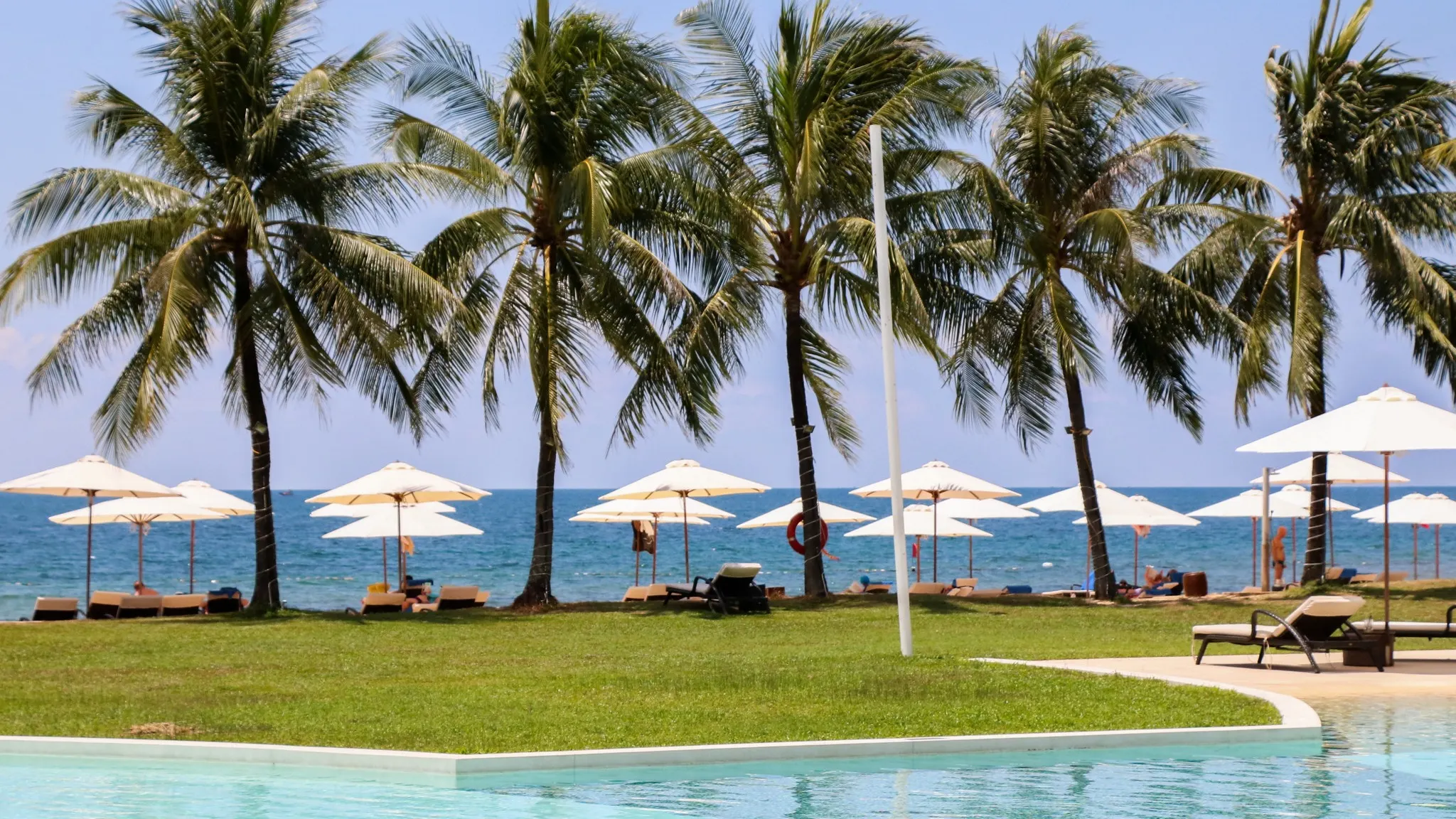
Many foreigners choose to live in one of the towns or cities along Vietnam’s long, inviting coast.
Da Nang is considered by many to be the most livable city in Vietnam. Expats can have the best of both worlds at their doorstep: spectacular, golden-sand beaches and easy access to a modern, cosmopolitan city. The large foreign community is friendly and welcoming. Dozens of restaurants and bars cater to a mainly expat crowd, and if you want to get away from it all, the Son Tra Nature Reserve and the Annamite Mountains are just minutes away.
The town of Hoi An is less than an hour’s drive south of Da Nang but has a totally different ambiance. The historic town center is so unique that it’s a UNESCO World Heritage Site and one of the most visited places in the country. For the large and still growing expat community, that means that Hoi An has an outsize number of excellent restaurants, spas, and tailors. It also has one of the nicer beaches on the central coast; An Bang Beach, just a few minutes east of Hoi An, even has its own little expat community.
Nha Trang, on the south-central coast, borders one of the prettiest bays in the world. The wide, golden sand beach overlooks distant islands, while the town has one of the most happening nightlife scenes in Vietnam. Nha Trang has long been a favorite destination for retirees, who spend their days at the beach or socializing at the many expat-owned businesses in town. The area is also famous for diving, snorkeling, and hot spring spas.
Southern Vietnam has several towns along the beach that have well-established expat communities.
The coastal village of Mui Ne is on the outskirts of the city of Phan Thiet, about halfway between Nha Trang and Ho Chi Minh City. The diverse foreign community is small enough that everyone knows one another. Expats in Mui Ne say that they feel as if they’re living here on a permanent vacation, wind-surfing, kite-flying, golfing, sun bathing, or exploring every day, then getting together at night for drinks and live music.
The sunny city of Vung Tau, about two hours by river or highway from Ho Chi Minh City, is home to a large Australian contingent, with plenty of Americans and Canadian retirees living there, as well. Back Beach is within easy walking distance of the part of town where most expats live; more beautiful and less crowded beaches are a short drive farther up the coast.
The island of Phu Quoc, in the far south, has many beautiful beaches and a large national park with even more secluded beaches and thick jungle forests. Duong Dong is the largest town on the island, though its population is barely over 80,000. As with Mui Ne, Phu Quoc has a small but growing expat community, with several businesses catering to a mostly foreign clientele. Regular get-togethers, hosted by the local Chamber of Commerce, make it easy to meet people. Though Phu Quoc has some retirees, most of the expats living on the island own small businesses.
The Best Places for Urban Living
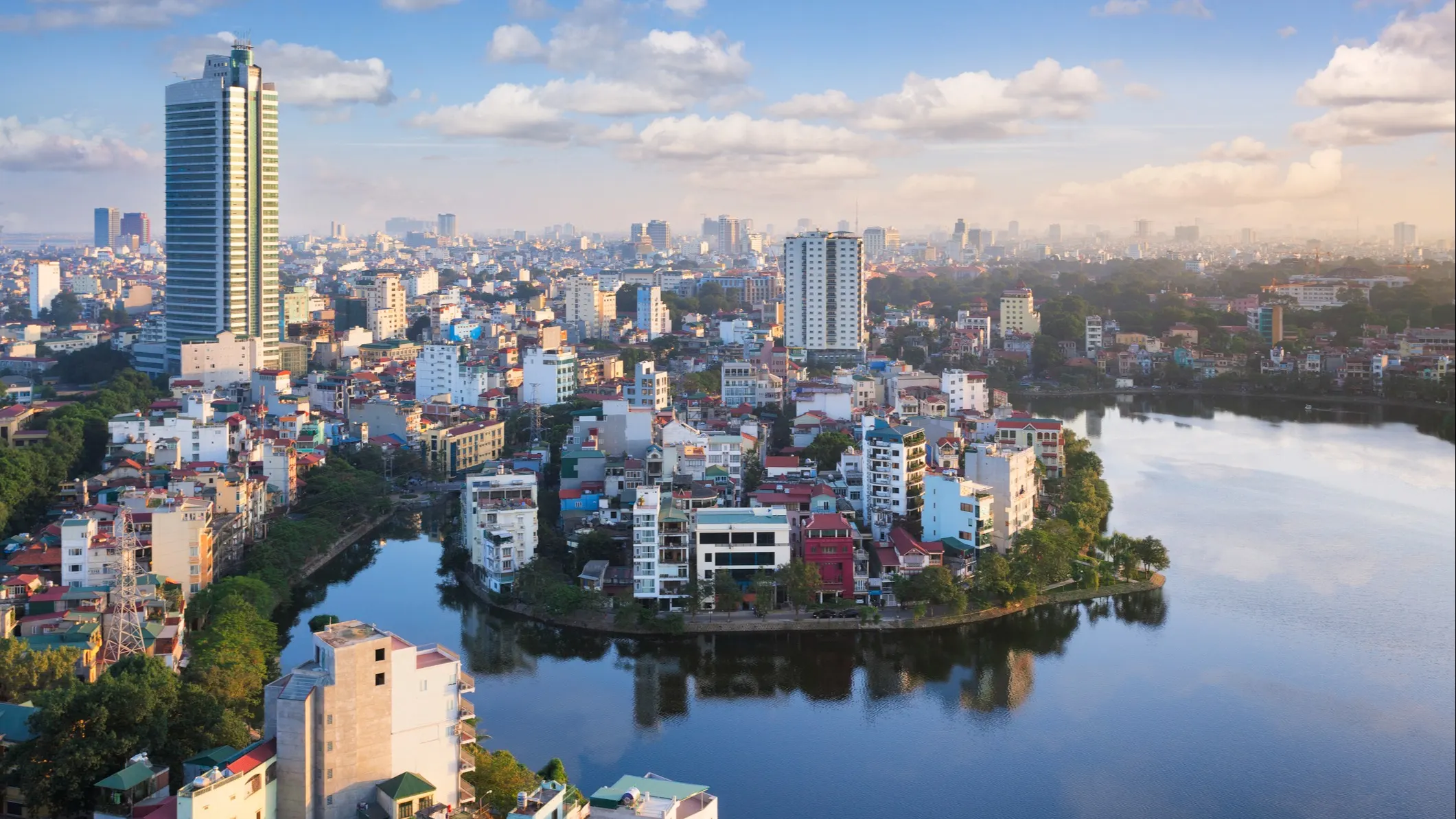
Thousands of expats are living in 1,010-year-old Hanoi, the historically rich and chaotically energetic capital of Vietnam. The city’s many parks, lakes, museums, stately French colonial mansions, and dynamic food scene provide endless urban activities, and nearby areas beckon exploration. Hanoi is the best base for seeing some of Vietnam’s most dramatic scenery, though you could spend a lifetime just exploring the city itself and barely scratch the surface.
Steamy Ho Chi Minh City is Vietnam’s largest city and its premier commercial center. Here, you’ll find the best medical care, the biggest, most glittery malls, and the liveliest nightlife in the country. This is the place to see and be seen, and the large and active expat community means that there is always something happening.
A Cool Weather Mountain Retreat
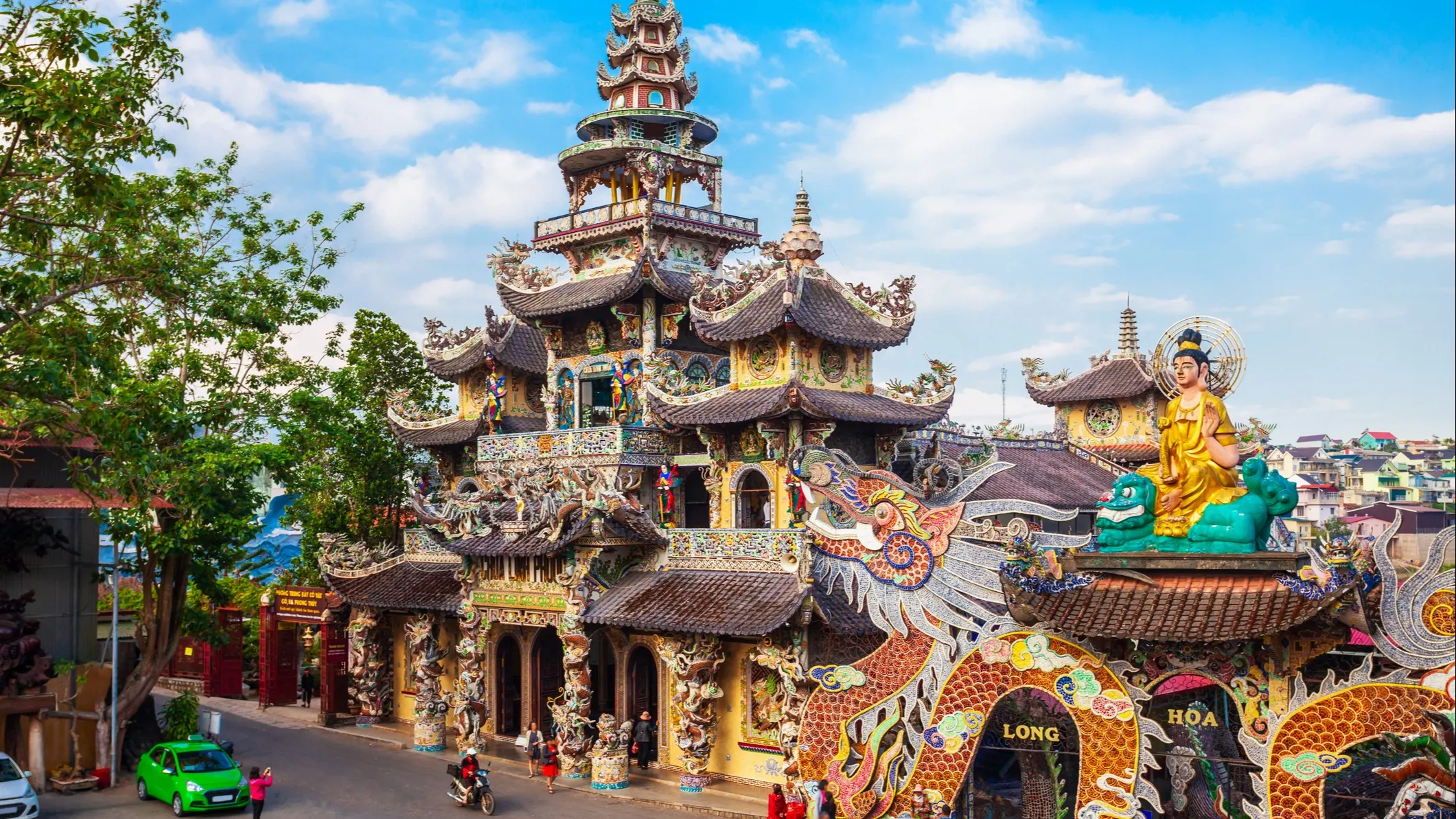
Dalat’s growing expat community has transformed this small city into Vietnam’s best retirement haven for people seeking eternal spring-like weather. The city is nearly 5,000 feet above sea level, so despite its southern latitude, it’s always cool. Pine forests, winding mountain roads, serene Buddhist and Zen temples, breath-taking waterfalls, and large, flower-scented parks make it a perfect place to spend time outdoors. Dalat’s diverse collection of foreigners, most of whom are retired, hail from all corners of the world.
High-Quality Healthcare at Low Vietnamese Prices
Good options for healthcare are available in most urban areas of Vietnam. Five hospitals have received the coveted JCI accreditation, which is the gold standard in medical care. There’s one JCI accredited general hospital in Hanoi and three in Ho Chi Minh City. A women’s and children’s hospital, and an eye hospital in Ho Chi Minh City have also earned accreditation. Several other well-regarded hospitals in Hanoi, Ho Chi Minh City, Da Nang, Nha Trang, and Phu Quoc are on track to receive their international accreditations soon.
Medical care is ridiculously affordable. Most procedures and medications cost between 10% and 20% of U.S. prices. Dental care is a similar value, and the quality of the international-standard clinics tends to be excellent. Vietnamese dental care is so good that the country has become a popular destination for foreigners to have work done that they would struggle to pay for in their home countries; here, they can have the procedures they need, then enjoy a vacation with the money they have saved.
Low, Low Cost of Living
Healthcare isn’t the only thing that is easy on the budget in Vietnam. Practically everything costs a third to a quarter of what you would pay in the U.S. Rental housing tends to be high quality and an excellent value. Imagine living in a spacious, fully furnished apartment with a full ocean view for less than $500 per month, or in a three-story house with a garden situated near a lake or a pretty park for $700 or less. Perhaps you’d prefer a mountain home in a pine forest where you can watch spectacular sunrises or sunsets from your balcony for less than $400 per month. Utilities—especially internet, cable TV, and cell phone plans—cost far less in Vietnam than in the west, and a good housekeeper will clean your house twice weekly for around $40 or $50 per month.
Eating out can often cost less than cooking at home, and if you enjoy the street food scene, prices are incredibly inexpensive. It’s easy to spend $2 or less for a hearty meal—including a beverage—anywhere in the country. Local meats, regional fruits and vegetables, and homegrown coffee and tea are also far less expensive than in the west.
Colorful traditional markets sell practically everything under the sun. Shopping where local people shop isn’t only fun, it’s a nice way to support the community and to integrate with the neighborhood.
No Car Required
You won’t need to own a car in Vietnam—even most locals don’t have one. Motorbikes rule Vietnamese streets, but they do share them with a growing number of automobiles, as well as bicycles, public buses, taxis, pedestrians, and pushcarts. In some areas, you may even see buffalo or ox-drawn carts. The larger cities have well-established public bus routes, and Hanoi and Ho Chi Minh City are building light rail networks; having your own transportation may be more convenient at times, but it’s certainly not a necessity.
A Good Place to Live
Your budget will stretch a lot farther in Vietnam. You’ll live in a friendly and welcoming country, have a nice home, eat delicious and healthy food, drink great coffee, and have countless opportunities to enjoy an active lifestyle—and all for just a fraction of the price that you would pay “back home.”
10 Reasons to Live in Vietnam
By Wendy Justice
First-time visitors to Vietnam are often surprised—in a good way—by the beauty of the country, the genuine warmth and friendliness of the people, the outstanding cuisine, the thriving economy, and the low cost of living. Here are 10 reasons why Vietnam is a great place to live:
1. Outstanding Scenery
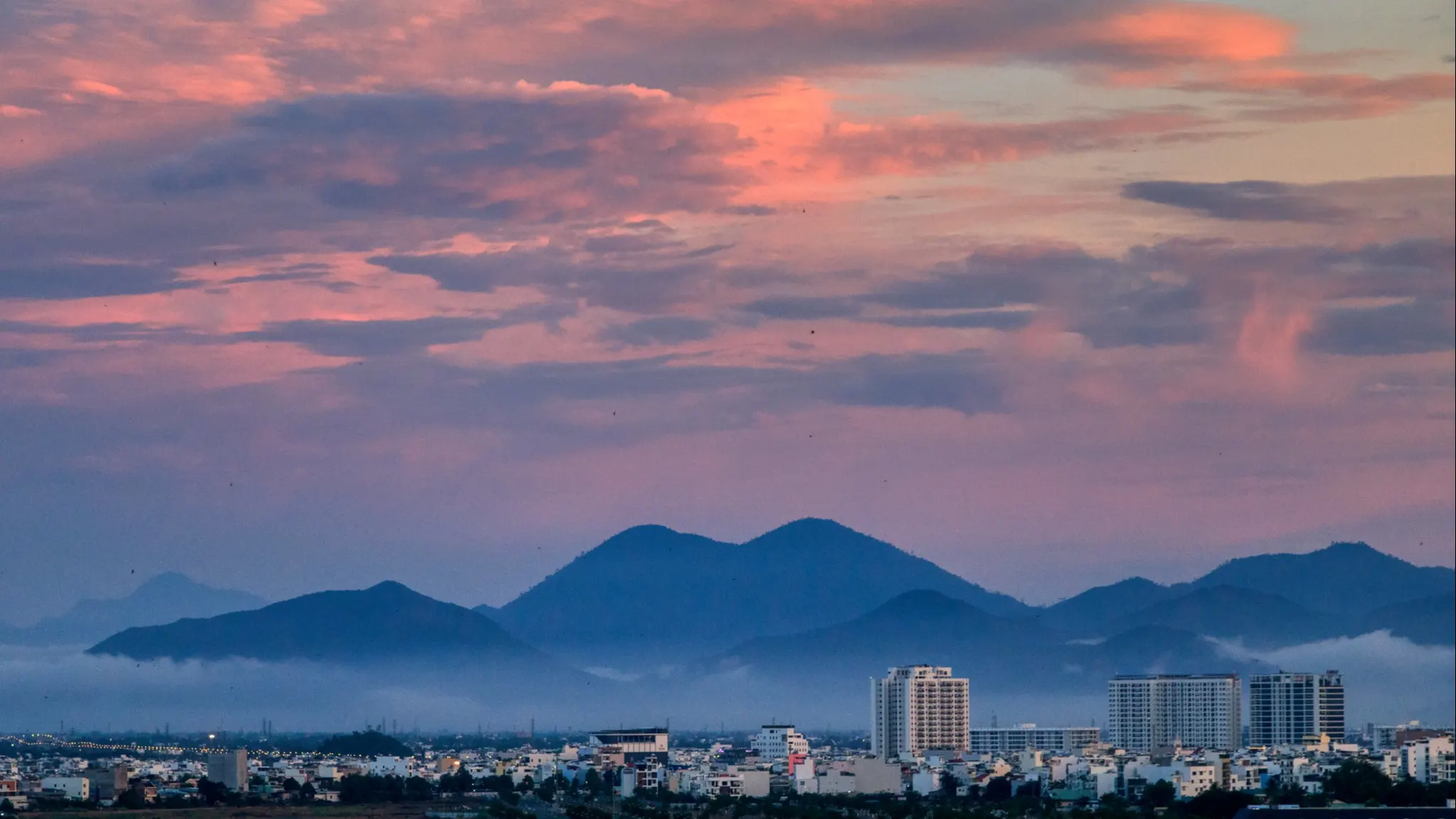
Nearly everything you see in Vietnam is worthy of a photograph. Gorgeous beaches stretch for more than 2,000 miles along the entire length of the country. Rugged and remote misty mountains, pine forests, waterfalls, and tea, coffee, and flower plantations in the far north and throughout the Central Highlands are ripe for exploration. Brilliant green rice paddies, impenetrable jungles, and lazily flowing rivers carrying tiny sampan boats characterize the south, while dragon fruit cacti and sand dunes show off their ghostly silhouettes in the dry central region.
2. World Heritage Sites
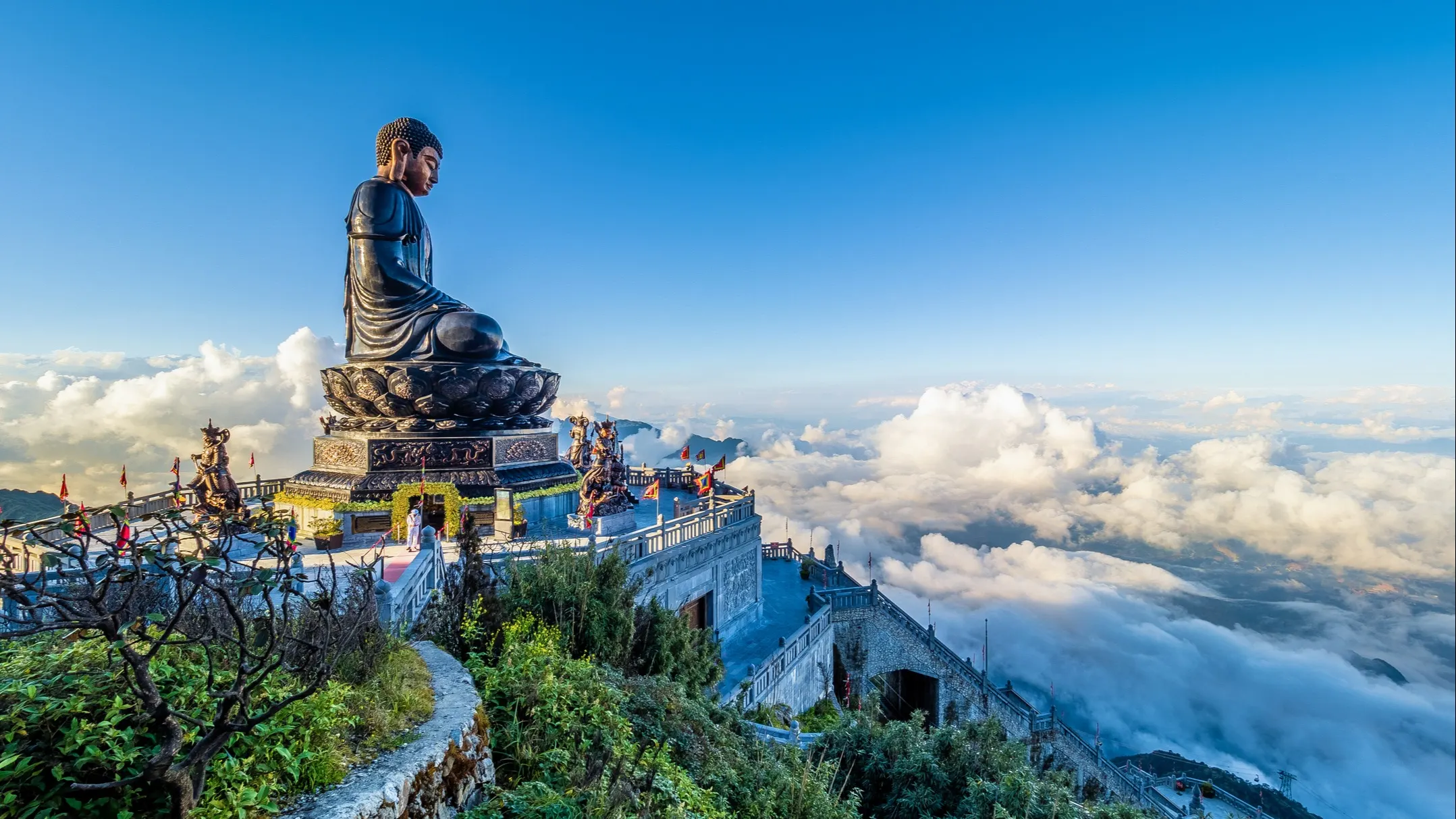
Vietnam has eight UNESCO World Heritage Sites—places of exceptional natural beauty or historic wonders—and 33 national parks. Places like the dreamily scenic islets dotting the Tonkin Gulf in Halong Bay, and the venerable Japanese and Chinese buildings of Hoi An’s Ancient Town draw millions of tourists every year; others like the ancient Cham ruins of the My Son Sanctuary and the Imperial Citadel of Thang Long in Hanoi receive far fewer visitors. Spelunking enthusiasts will be astounded by the vast cave systems of Phong Nha-Ke Bang National Park, while those who are less adventurous can enjoy traveling by rowboat through the caves at the Trang An Landscape Complex. Other historic gems recognized by UNESCO include the Citadel of the Ho Dynasty near Ninh Binh and the Complex of Hué Monuments, which include a palace, a citadel, and several extravagantly grand tombs of the Lords of the Nguyen Dynasty.
3. Exploration and Adventure
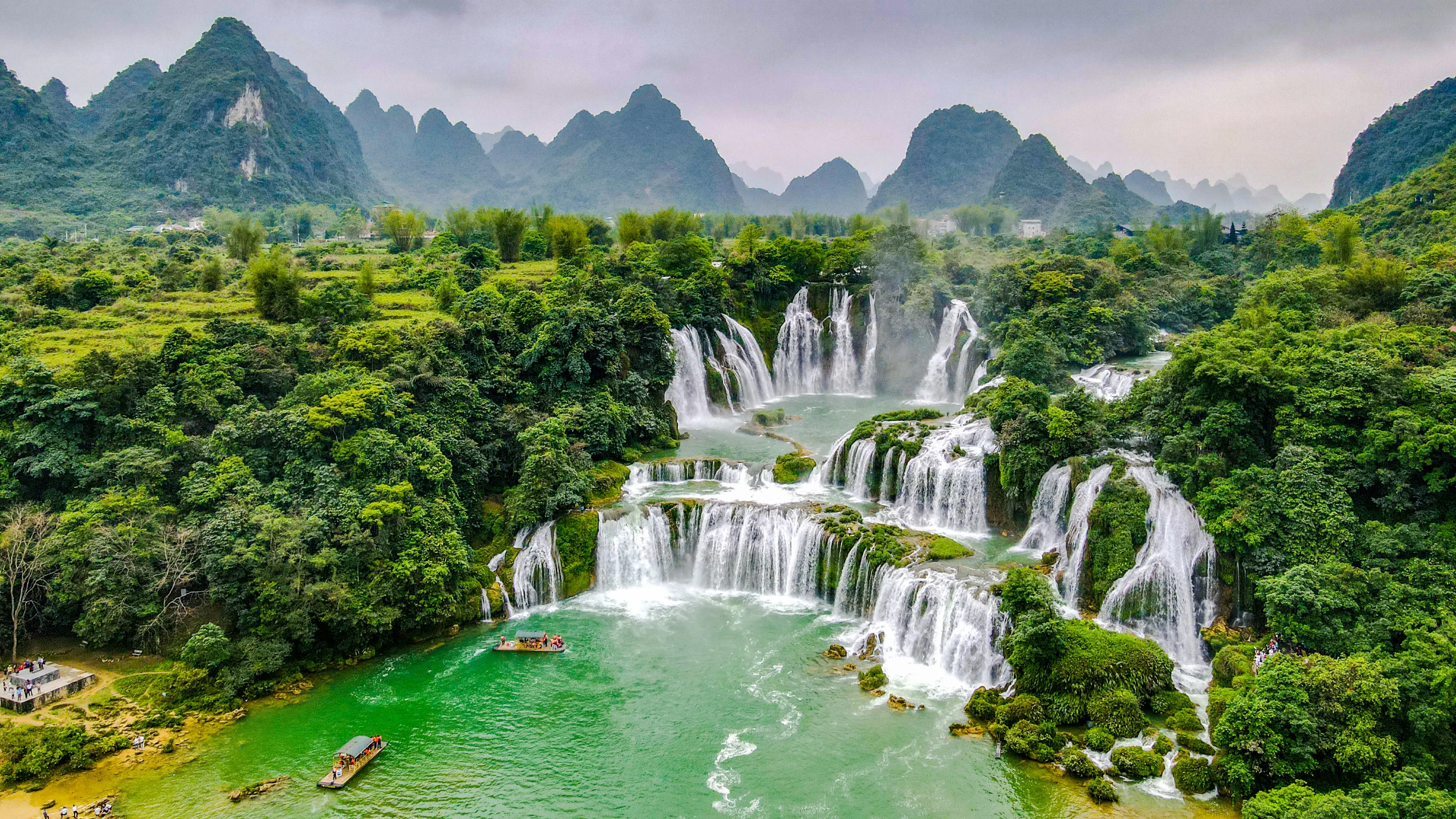
There is always something to explore: hidden beaches, remote hill-tribe villages, and tiny country lanes that lead to tranquil hamlets where little has changed in the past 100 years. Look a little deeper and discover off-the-beaten-track temple festivals, abandoned army fortresses, forgotten French-colonial churches, and remote lighthouses. No matter where you live in Vietnam, you’re never far from something new and exciting.
4. Great Weather
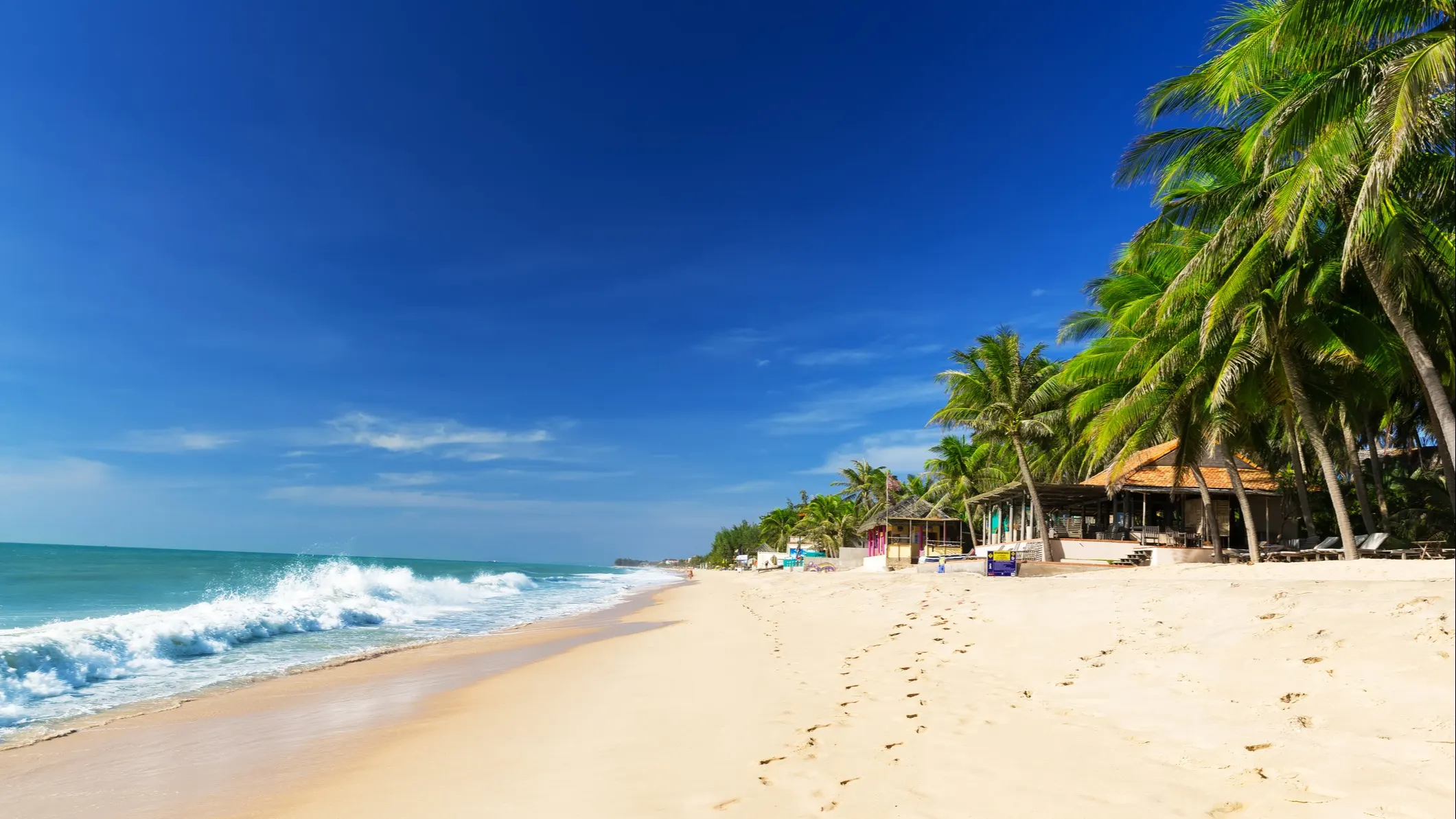
The weather in the north is quite different from the south, while the Central Highlands and Central Coast have their own distinctive climates. The north has four seasons, with hot summers and cold winters; the central coast region has mild year-round weather with wet and dry seasons, while the south is warm and humid year-round. Some areas in the mountainous interior have perpetual spring-like weather, and mountains in the far north might occasionally have snow during the winter months. There is always nice weather somewhere in Vietnam.
5. Genuinely Friendly Locals

The Vietnamese people are welcoming, generous, and curious about foreigners, which makes this an ideal place to make local friends. It’s not unusual to meet a stranger, only to find yourself being invited to their home or to their village just a few hours later. Young children are encouraged to wave at people under the proud and watchful eyes of their parents. College students love to strike up conversations in English when they see a foreigner. It’s not unusual to converse with someone while waiting for a red light to change, or to find yourself having a meaningful conversation with a waitress or shopkeeper. Friendships develop into family relationships in Vietnam; you’ll be referred to as brother or sister, aunt or grandfather—and given all the respect that comes with the title, too.
6. Bustling Cities
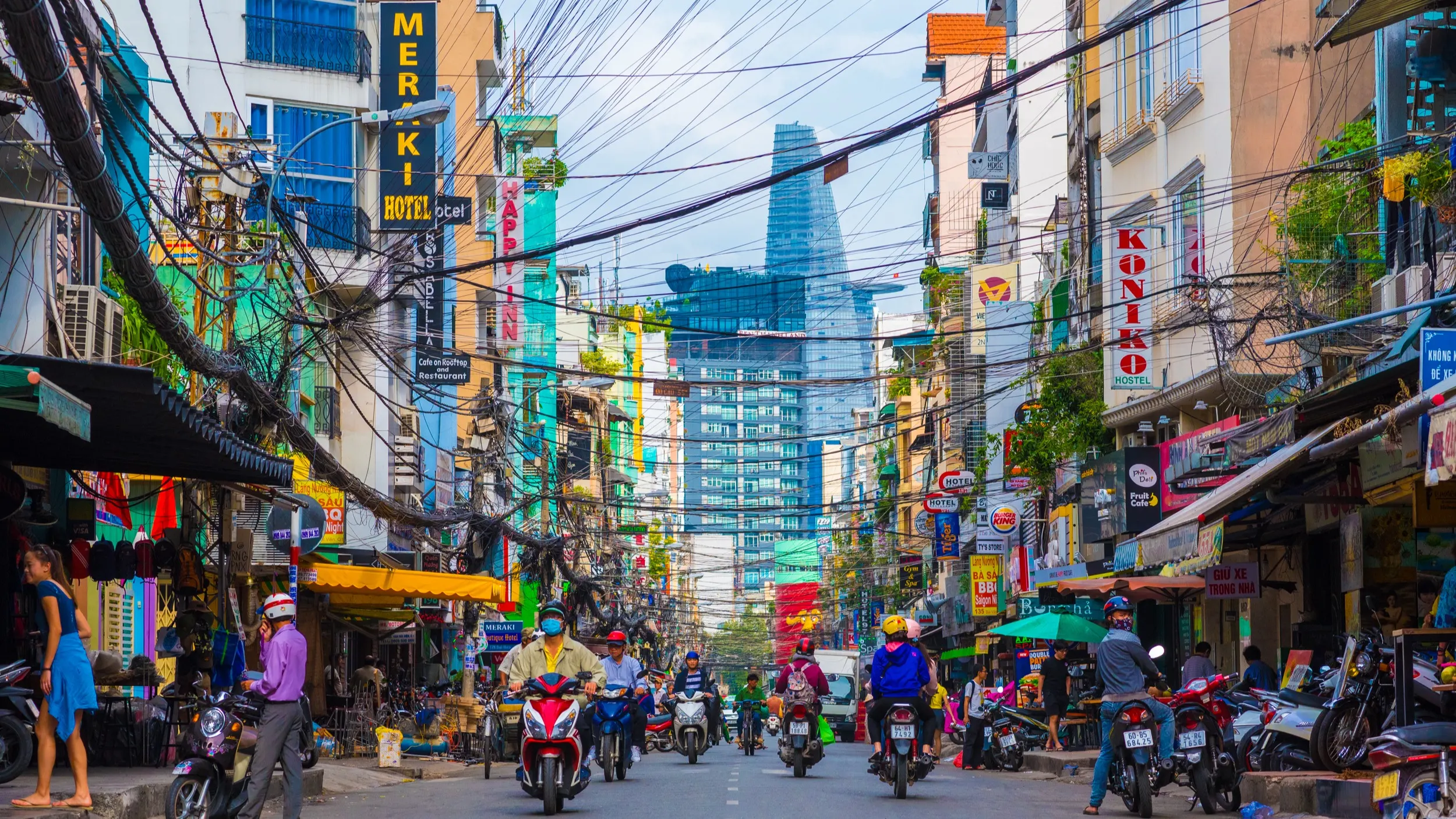
Vietnamese cities are vibrant metropolises alive with commerce. Everyone seems to be busy from dawn to dusk. Vietnamese culture and tradition thrive on every street corner, yet the cities have become brilliantly modern, too. Skyscrapers, shiny shopping malls, and trendy restaurants rub shoulders with humble, family-owned shops, neighborhood temples, traditional markets, and street vendors selling everything from hot soup and sweet tofu to fresh produce, clothes, incense, and flowers. It’s not an exaggeration to say that in many neighborhoods, if you’re patient enough, whatever you need will eventually come to you.
Millions of motorbikes compete with trucks, cars, bicycles, pushcarts, and pedestrians on busy roads that typically lack any stoplights or traffic control. They move through the streets like schools of fish or flocks of birds. Despite the sensory overload, people seem happy and relaxed; they’re youthful, energetic, and optimistic. It seems that everyone manages to take a little time out of the day to relax at a sidewalk café over coffee or beer, to take a stroll in the park, to play with their kids, or to catch up on gossip with their neighbors.
7. Street Food Culture
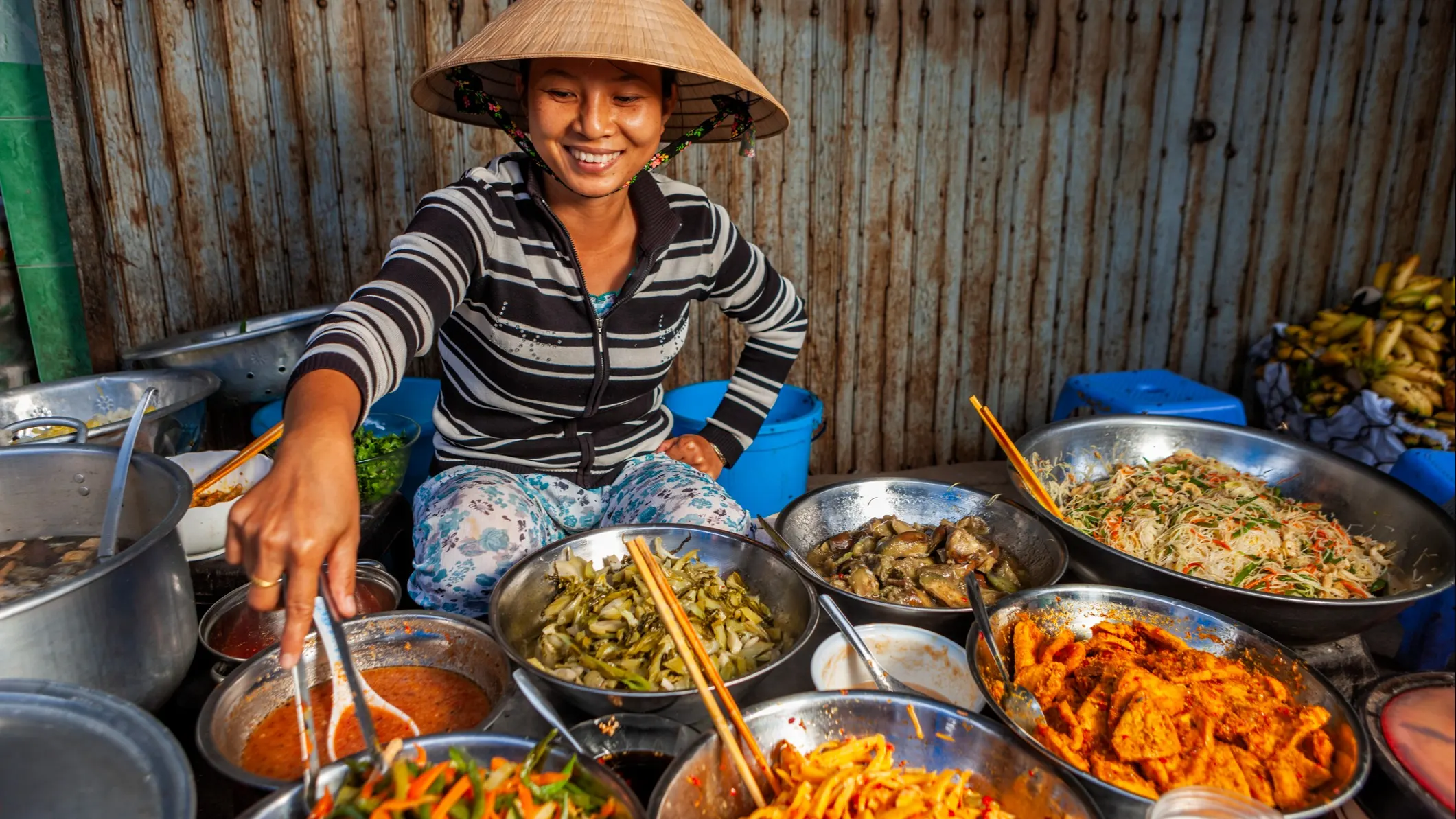
Food stalls are everywhere, and the sidewalks fill up every evening with hungry diners who know that it costs less to eat out than to cook at home. You’ll find everything from flavorful soups and noodle dishes to Vietnamese barbecue (grill it yourself at the table). Families and large groups gather around steaming cauldrons of lau—a flavorful concoction of broth, meat, poultry, or fish, mushrooms, tofu, and leafy green vegetables that’s cooked at the table and shared with all. Street food is clean, fresh, and delicious; depending on where you are and what you order, a hearty meal can cost less than $1. Pull up a little child-sized plastic chair and take part in a very local experience.
8. Coffee Culture
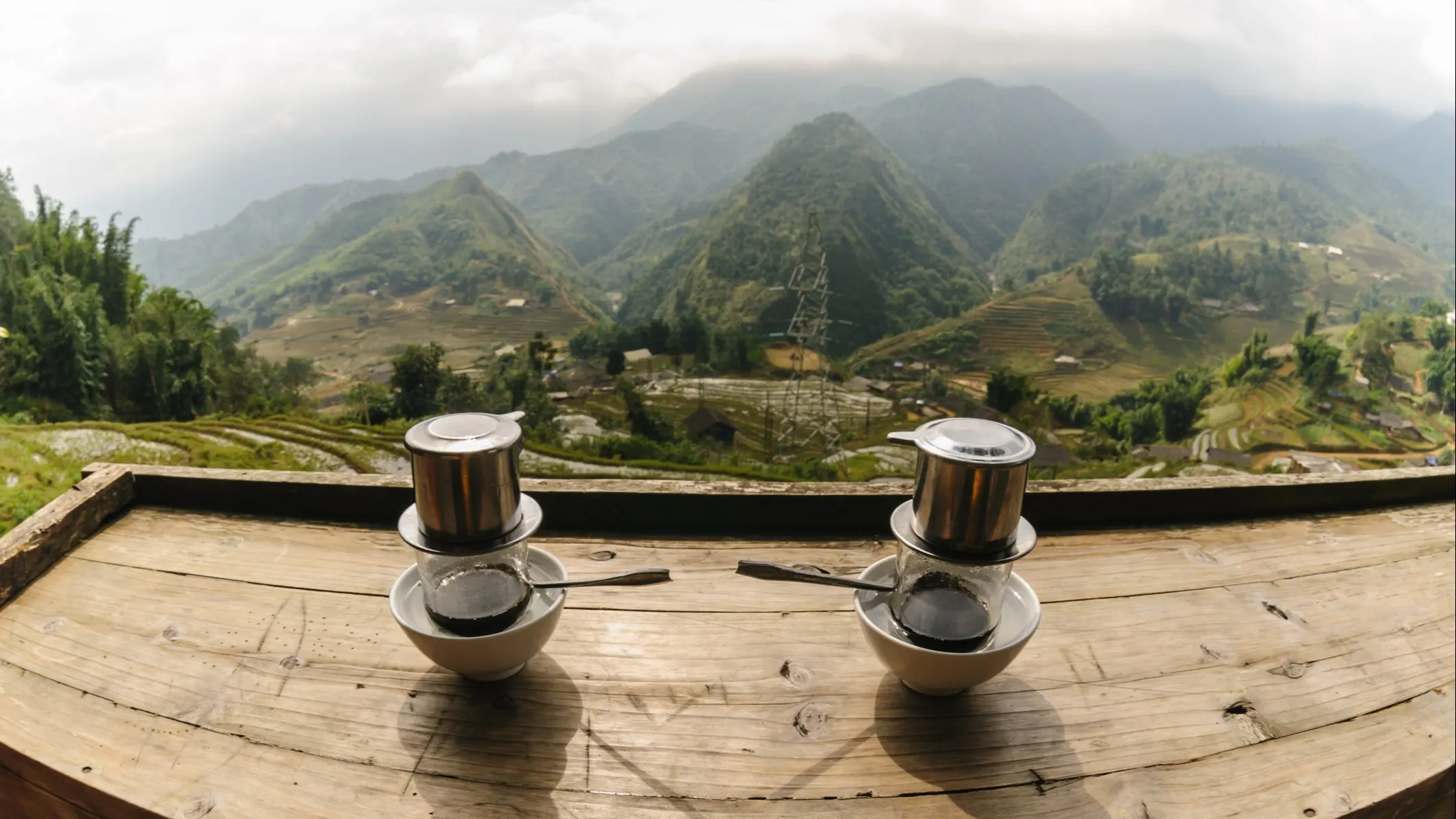
The French colonialists introduced coffee to the Vietnamese. Steeped in small aluminum filters, the Vietnamese-grown beans produce a potent, caffeine-powered cup, making it the preferred beverage for many locals and foreigners. Through the years, the Vietnamese have added their own variations, making delicious coffee brews with yogurt, eggs, coconut, ice cream, and other ingredients.
9. Vietnam is Safe
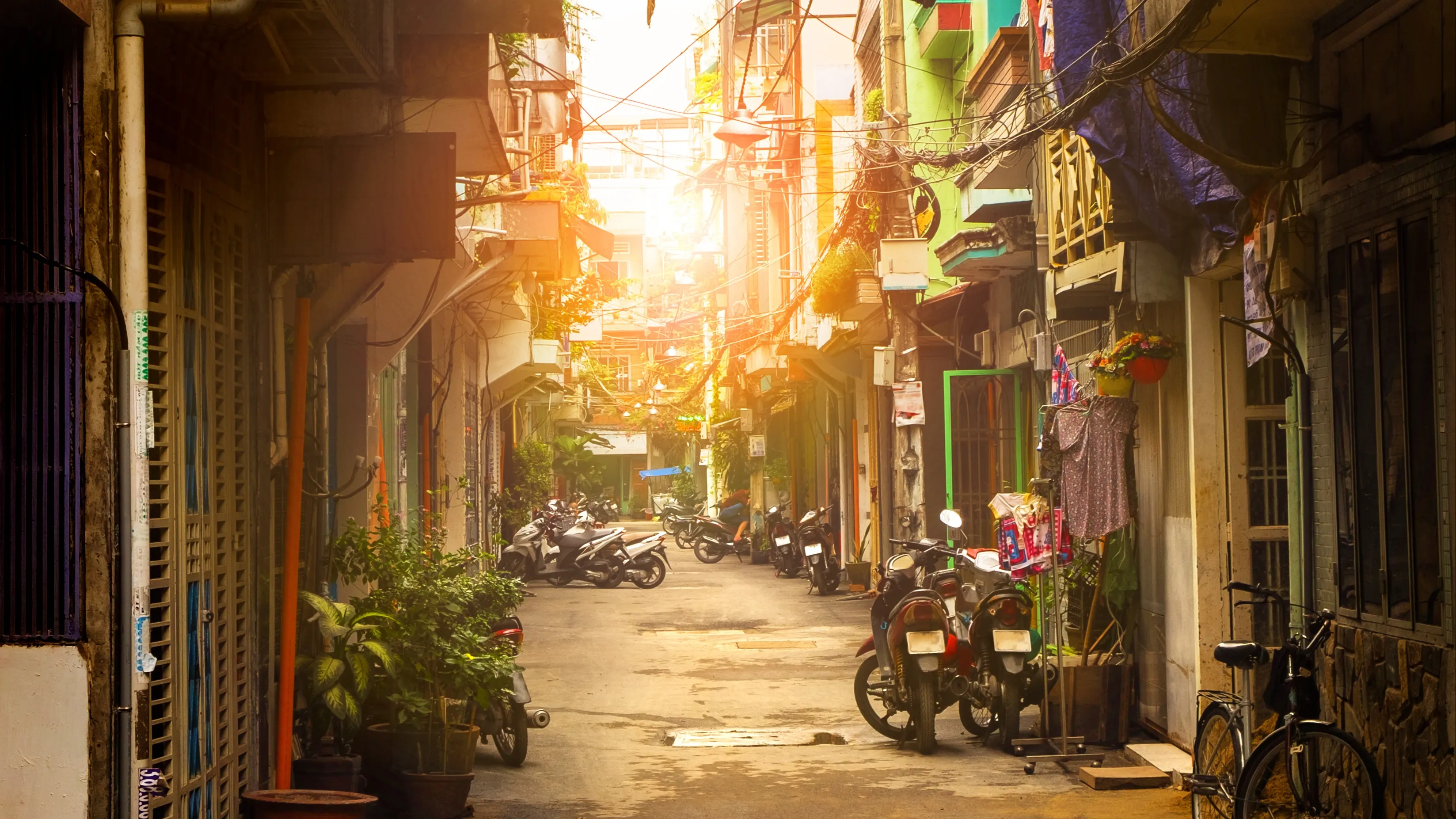
Vietnam has the fastest growing economy in the world, bringing with it a rapidly expanding middle-class and a level of financial security previously unknown here. As a result, crime has fallen dramatically in recent years. Scams—once ubiquitous in Vietnamese cities—have all but disappeared. Violent crime is exceedingly rare, and even petty crime is unusual. You will feel very safe in Vietnam.
10. Low Cost of Living

Prices are significantly lower than those in the U.S. and Canada for practically everything. Most Americans say that their living expenses here are between one-quarter and one-third of what they would pay to enjoy a similar lifestyle in their home country. It doesn’t take much money to live well in Vietnam.








